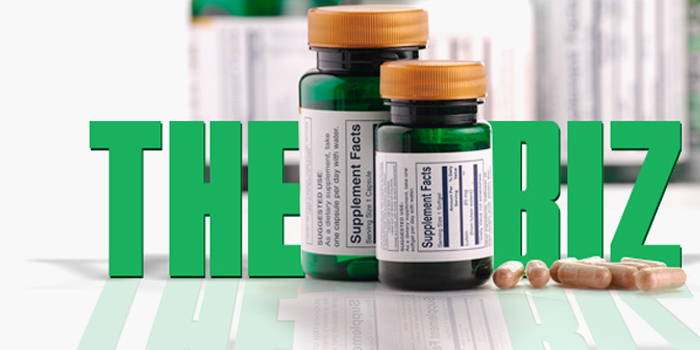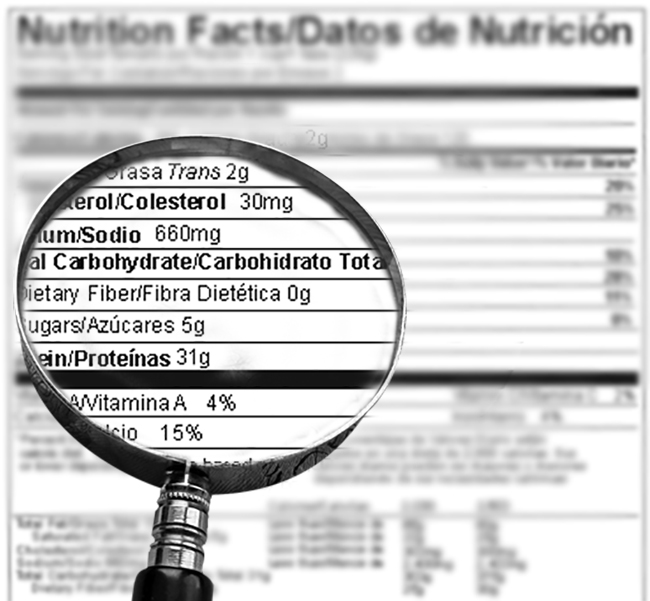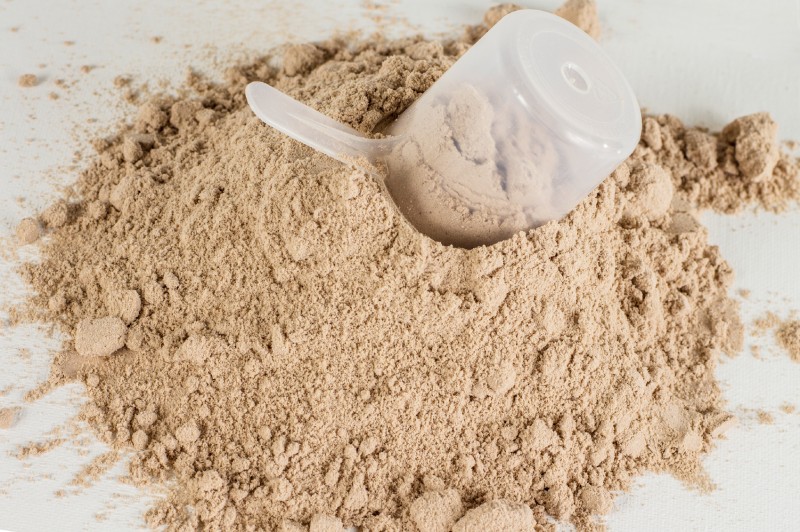
We've all been there: you walk into your local supplement store or peruse online shops looking for that protein powder that's just right for you. Shouldn't be too hard, there are only eleventy-billion brands, formulas, flavors, and sizes. By the time you read all the labels you may starve to death, so it’s best to only do a quick glance.
With this quick glance you’ll see that there are a few products that say they have extra amino acids, "fortified" with things like glutamine, added BCAAs, leucine and creatine (thankfully we're all aware that creatine isn't a steroid and is a perfectly safe and effective sports supplement, right? Right?).
Fortified? That's good, isn’t it? Milk was fortified with stuff I apparently needed as a child, so one of these fortified ones must be great!
Wrong.
Protein Powder, Barbershops, and Lawyers
Elitefts has finally added another columnist to cover supplements and he starts out by speaking gibberish about barbershops and lawyers?!
Maybe not. As of late, protein powder, barbershops, and lawyers actually have quite a bit in common.
Thanks to a few countries stepping up their regulation game, plus a few Class Action Law Suits, a lot of supplement companies are coming under serious heat for their shady practices. The good news is that this heat is just what this industry needs in order to start cleaning up its act.
Ladies and Gentlemen: Welcome to the Wonderful World of Amino Spiking
Unfortunately, when you look to see how much protein is in a product, there is a way for a company to cut corners, save a few bucks, and bump up the protein count with only being slightly dishonest. The way companies do this is by “cutting” the protein with added aminos, most commonly L-Gylcine, L-Glutamine, L-Leucine and branch chain amino acids.
There’s a lot of hearsay in the industry right now of companies trying to promote that these added aminos come from human hair. Of course, the companies that say this also say they’re the only brand that doesn’t use human hair-derived aminos. Even though it is possible to extract aminos from hair (and more likely duck feathers) there’s very little proof that it ever happens in the supplement industry. Hair care products are a different story but I don’t have any hair, so I’m not too worried.
If I were looking for these amino acids, would I even care that much where they’re sourced? Not really, because it’s not like I’d be actually drinking a shake full of hair, anyway. Regardless of that, though, I don’t want these amino acids in my protein powder, and neither should you. They don’t do the same job as a full spectrum of aminos and are used because they’re more cheaply produced.
After a not-so-honest company has filled their protein powder with amino acids, that company then tests the product using the Kjeldahl method. This is a method used to determine how much protein is in a powder by way of measuring nitrogen. Because the single aminos hold the same nitrogen value as whole proteins, they give a deceptive reading on the products. Although it is possible to use this method to further test the product and find the “true” protein content, this step is almost never completed. The Kjeldahl method has given them a false protein count, and that’s all they want.
Sue ‘Em for All They’re Worth! That’s Our Motto!
What do we do when someone does something we don’t like? That’s right, we sue ‘em! A lot of massive class action law suits are coming together to sue these companies for amino spiking and deceiving their customers. I’m not interested in bashing these specific companies, nor will I ever be. I want to educate you, the consumer, to make informative decisions. I see no real benefit in calling out or going after any specific company or person. It never works well to act that way in any aspect of life, but I have seen first-hand that a lot of companies are starting to reformulate their products and get away from this type of deceptive ingredient profiling. The education and industry exposure is starting to change things.
Hope on the International Front
Over in Canada, the government has actually decided to do something about this and other issues. They have passed a law that requires all natural health products to be assigned with a Natural Health Product Number. The short of this is that all companies must submit full disclosure on their supplement ingredients and the amounts of everything, and yes even the actual amount of protein in the product. Finding this info out is then as simple as going on Health Canada’s website http://webprod5.hc-sc.gc.ca/lnhpd-bdpsnh/index-eng.jsp (Canada’s version of the United States’ FDA) and searching for your favourite products in the massive online database. There are very few countries that are taking these steps, but it is a beacon of hope for things to come in the future.
Read Labels
So now that you know this, how do you go about choosing the proper product? It’s actually very simple once you get down the basics. A lot of people don’t realize it, but choosing a protein powder is as simple as choosing proper food in the grocery store: the fewer ingredients, the better it is for you. Your choice between whey, casein, egg, or another protein source, is really something that deserves its own article.
Beyond that, pick up the product, flip it around to the label, worry less about the nutritional facts, and go to the ingredients. The first ingredient should always be the protein source. After that, digestive enzymes are great (but not necessary unless you have issues with those wonderful stinky protein farts). Then there should be emulsifiers such as soy or sunflower lecithin, and sweeteners and flavourings. That’s really about all you need. If it has added aminos, or creatine, move on. Although a lot of these have great applications in sports supplementation, they don’t need to be in your protein powder.
A quick tip to see whether or not a company is being 100% truthful on their label is something I mentioned about soy. If a whey product does not contain a very small amount of lecithin it will not mix. Whey is not very soluble and will just turn into a bunch of nasty clumps without lecithin. If it does not have lecithin right in the ingredients, you may want to move on. If it doesn’t have lecithin in the ingredients, it’s much more likely that they’re hiding something on the label for fear of turning people off the product. Many people are terrified of soy (one of the things lecithin can be derived from), which is why companies try to hide it. If they’re hiding that, what else might they be hiding?
(In Case I’m Drawn and Quartered for this Article)
Is there a lot of BS in the supplement industry? Yes! But that does not mean that there aren’t a lot of great companies out there producing excellent products that can truly help make your life a little easier (and healthier) as you reach for your goals. I hope to use this opportunity with elitefts to steer you in the direction of the great companies and great products, to put my 9+ years of experience in this industry to good use, and to produce a few more educated customers as a result. The first step in that process is letting you know about the deception involved with the most common supplement: protein powder. Don’t fall for the industry tricks.











This article would have had much more impact, given the number of readers Elitefts reaches each day, if the author had just called out the companies that are the worst violators. Educate the consumer. If your information is accurate the market-driven industry will correct itself by having an impact on their bottom lines. Quality products endure the test of time.
We are going to continue showing some of the behind-the-scenes considerations for the supplement consumer, but not take our battle to full-on courtroom scrimmages. A more educated consumer will hopefully elevate the industry over time.
I've read about amino spiking recently through Jim Stoppani and now make better choices when selecting my protein powder looking for added taurine, glycine and creatine